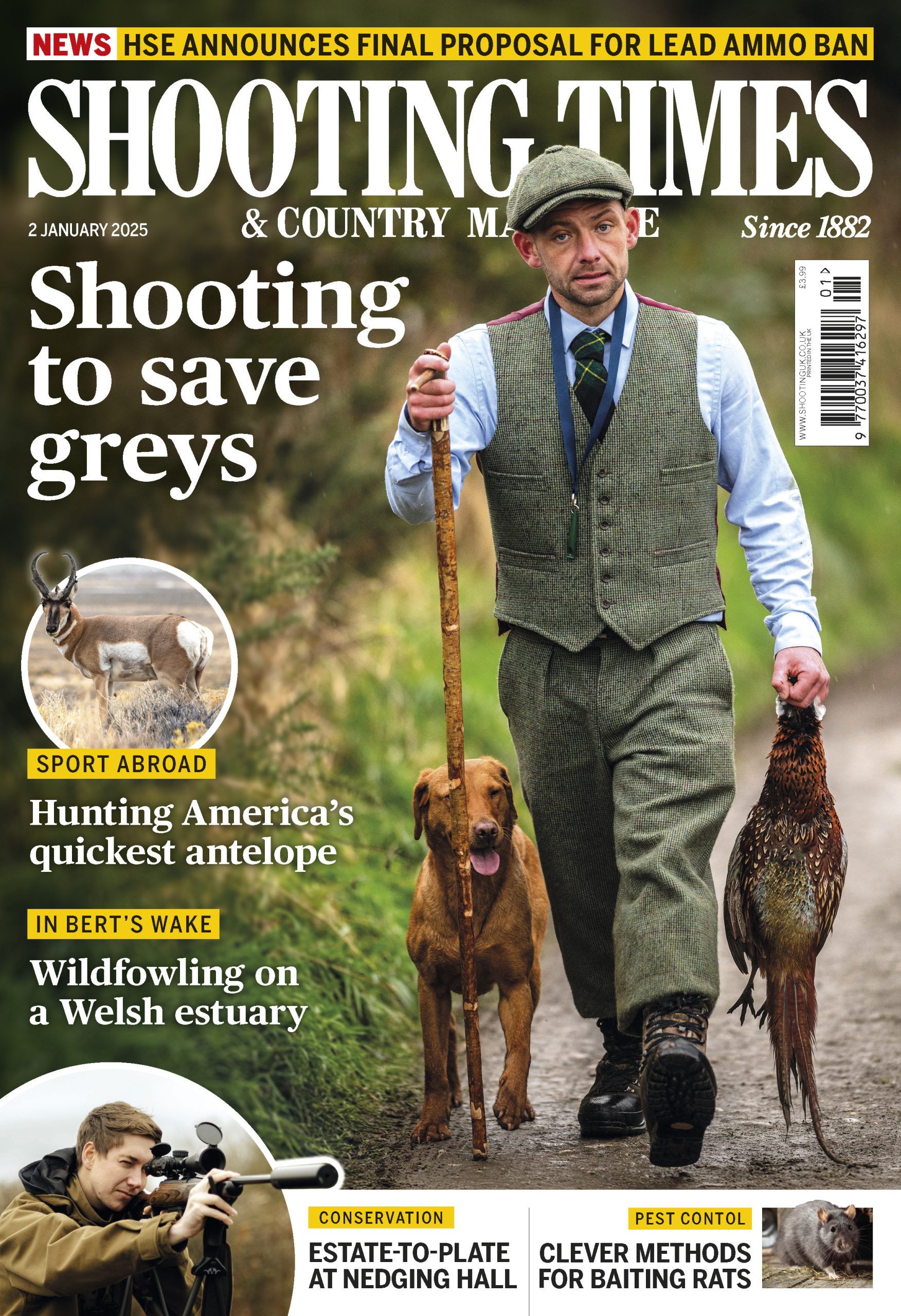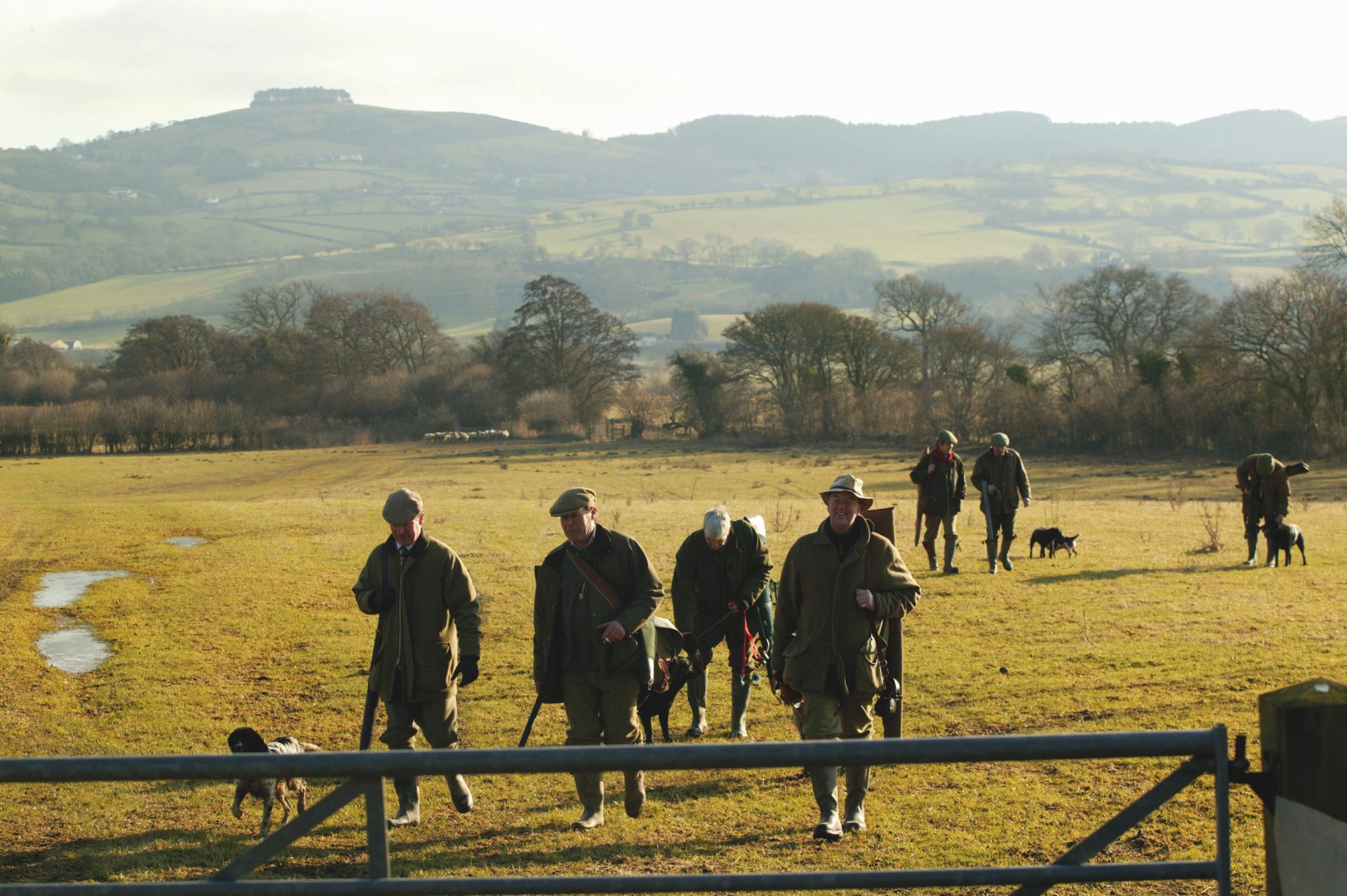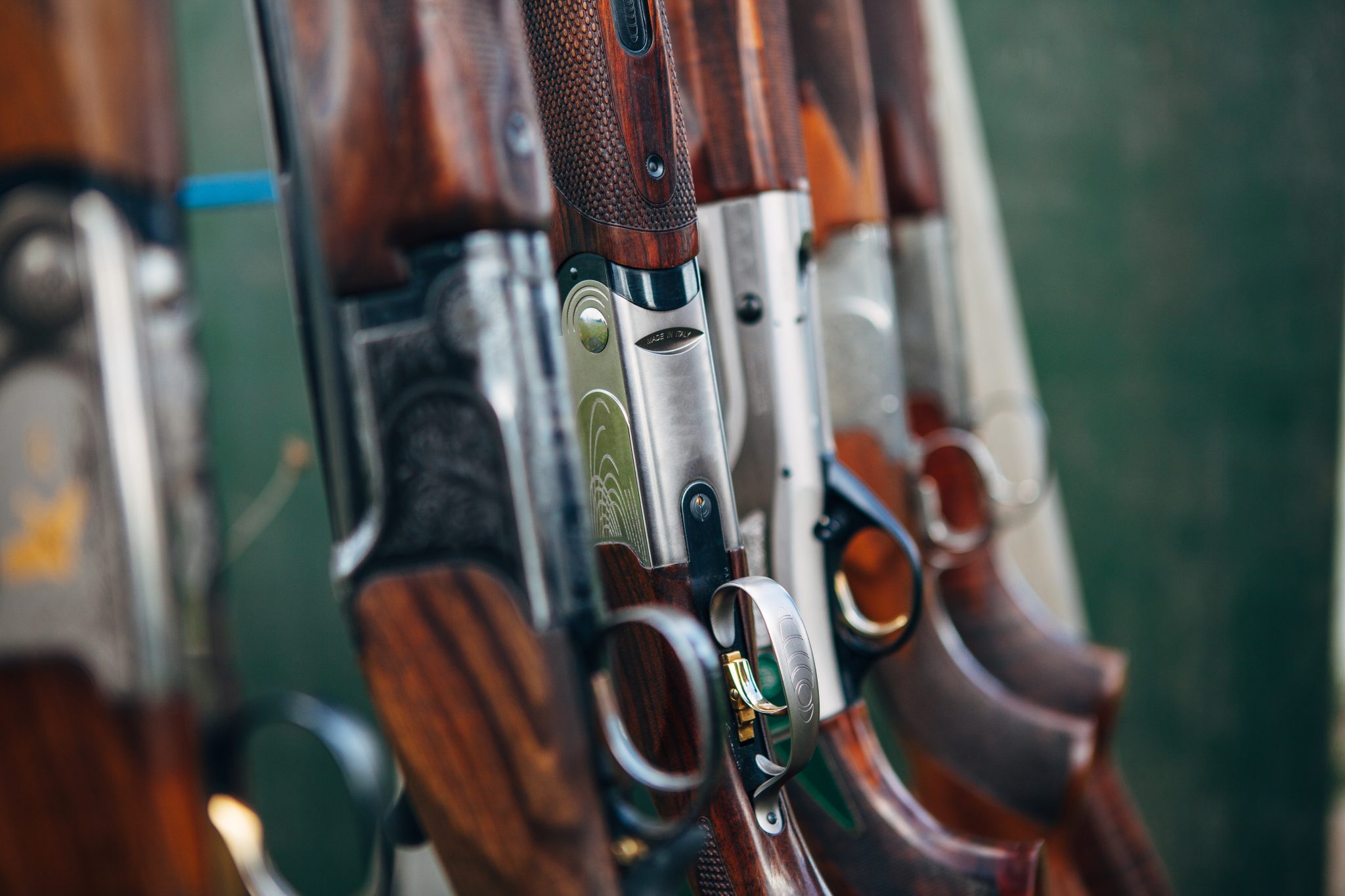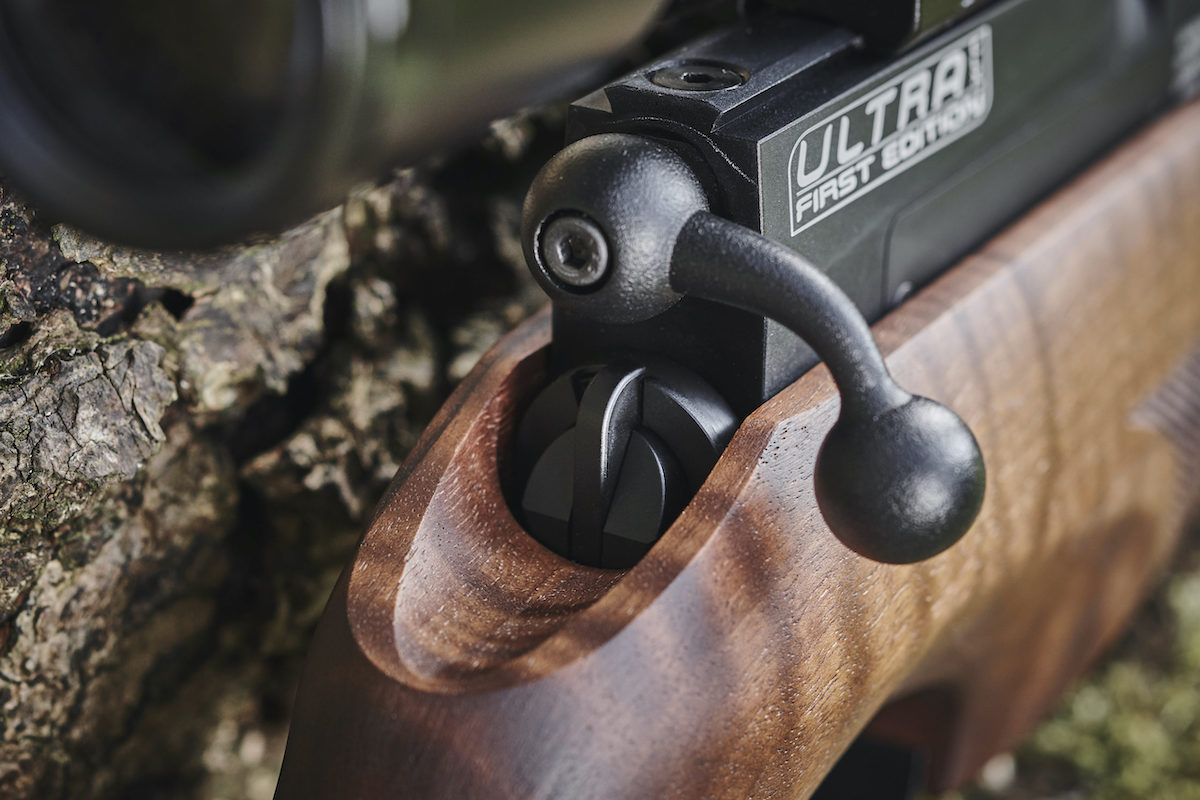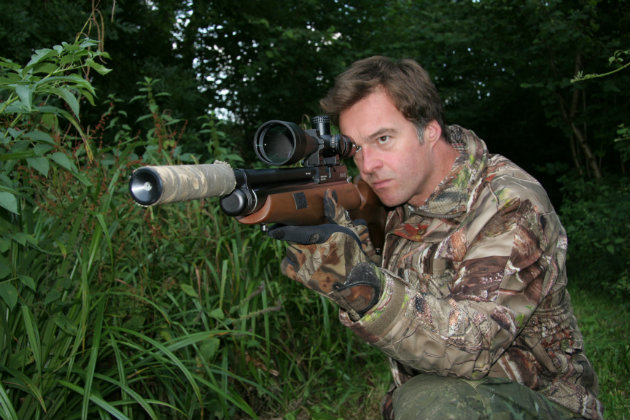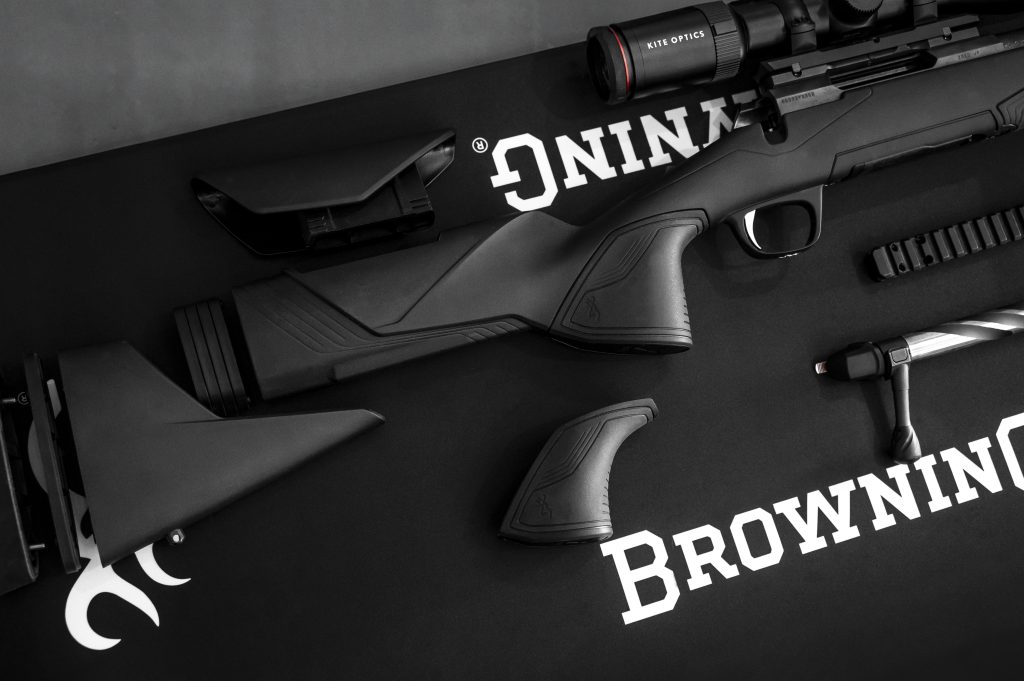We’ve looked around for some cheap PCP air rifles that still do the job and we’ve found 10, starting at…
Win CENS ProFlex DX5 earplugs worth £1,149 – enter here
Air rifles – does more power mean greater range?

When set up properly, legal-limit air rifles are extremely accurate tools, and that precision can more than compensate for their modest power when coupled with a sound knowledge of fieldcraft. Get in close and shoot with precision, and delivering a lethal strike to the small kill zones presented by typical airgun quarry soon becomes pretty straightforward.
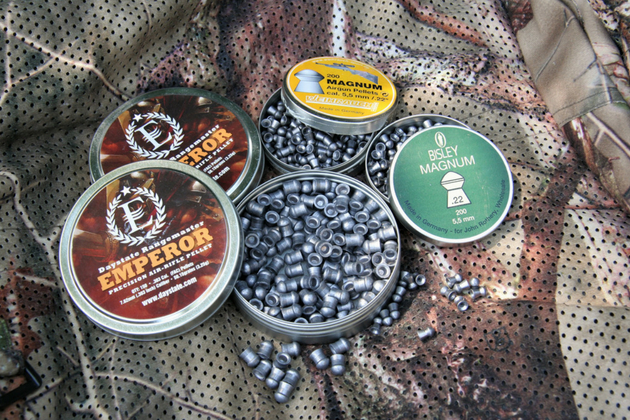
Airguns produce high muzzle groups better with heavier ammo but the extra weight can cause a curved trajectory
Time and effort
What comes as a shock to a lot of newcomers to airgun shooting is the amount of time and effort it takes to extract peak performance from a modern air rifle and from yourself.
Finding a pellet that really suits your gun’s barrel, spending time on the range to properly understand how that pellet behaves along its flightpath so you can use correct hold-over to compensate for the influence of wind and gravity, and then practising from a variety of different stances so you are able to apply that understanding in the field is a time-consuming process.
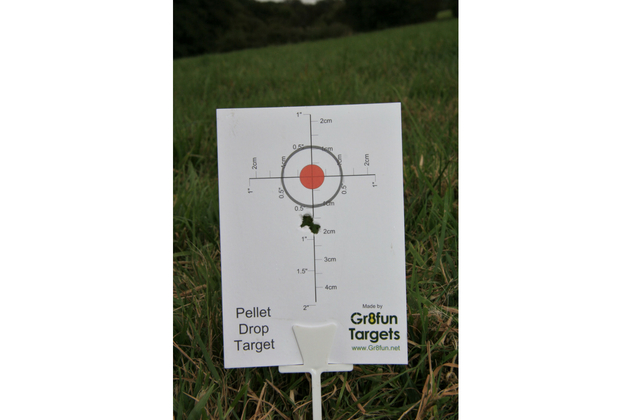
Whatever power your airgun produces, you must know, and shoot within, your limits
About FAC-rated air rifles
Many of the novice airgun shooters I meet at game fairs ask me about my experiences with high-powered air rifles. There seems to be an assumption that, with their increased muzzle energy, FAC-rated airguns offer a means of bypassing many of the complications presented by their legal-limit counterparts — the theory being that the increased range resulting from the extra grunt will help to fill the game bag without having to go through the hassle of learning how to get close to your quarry.
FAC-rated air rifles have a lot going for them but I’m afraid it still takes the same amount of time and effort to make the most of the small advantage the increased power brings about.
My first experience with a high-powered air rifle was a huge disappointment. After serving a 20-year airgunning apprenticeship with sub-12ft/lb guns, I thought it was time to move up to something with more clout. I went through the usual motions and expense associated with acquiring a firearms certificate, invested in a secure gun safe and splashed out on an air rifle that was churning out a muzzle energy of more than 30ft/lb.
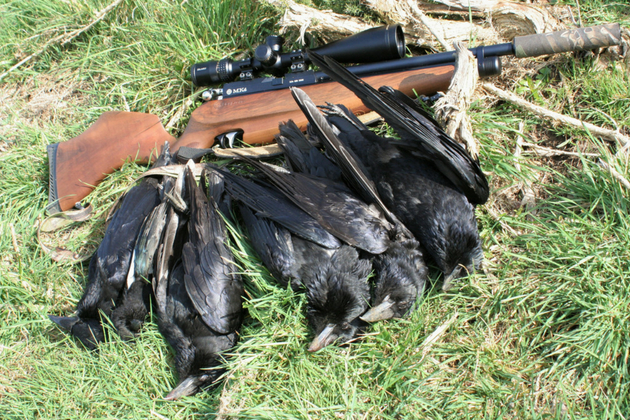
High powered air rifles can put more pests in the bag but only once you have mastered shooting with a legal-limit sub-12ft/lb airgun
Expectations
I was shooting four or five times a week back then, and using a legal-limit air rifle to pick off rabbits at 45m was a mere formality given still conditions and the support of a bipod. Equipped with an airgun producing almost three times as much power, my expectations were massive to say the least.
After topping the gun with an equally powerful scope and fitting a stud to the fore-end of its stock so I could attach a bipod to my new long-range bunny-bashing rig, I headed to the fields and set about zeroing it. My first choice of ammunition for the .22-calibre airgun were the heavyweight, 22-gr pellets that I had been told all high-powered airguns love.
The gun liked them all right, and was soon producing reasonable groups at 50m, but the problem was that, even with the extra blast of air, the heavier pellets had a trajectory that was more rainbow-shaped than the laser-straight line I had envisaged. And working out how to compensate for that curve was going to take a long time because the air reservoir needed refilling after every 30 shots.
I had overlooked the fact that increased power meant similarly increased air consumption but at least I’d remembered to put my scuba tank in the boot of the car ready for the frequent refills. I also had a few different tins of pellets back at the car, and took some of my 16-gr favourites back to my makeshift range to see if they would fly flatter than the magnums.
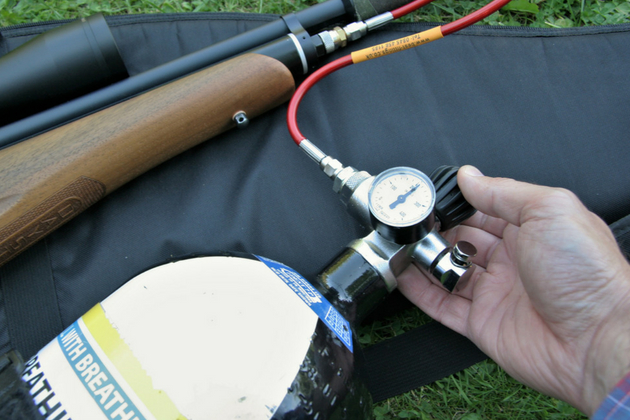
Be prepared for a hike in air consumption when you switch from legal-limit to FAC airguns
The standard-weight pellets were much flatter but their grouping was erratic to say the least. They were too light to remain stable at higher velocity and chuntered off all over the place as a result. After much experimentation over the following weeks I eventually settled on the heavyweight pellets, as they consistently punched out keyhole groups at 50m. Unfortunately, though consistent, that unforgivingly loopy trajectory made accurate shot placement very challenging and I soon went back to legal-limit airguns.
My experimentation with high-powered air rifles didn’t end there, though. I went on to try airguns that fire 50-gr .303-calibre pellets and churn out a muzzle energy in excess of 100ft/lb but I eventually settled on something more modest. I now use a 28ft/lb air rifle because I found that the reduced muzzle energy gets tight grouping from 16-gr pellets. The result is a fast and relatively flat-shooting .22 with good knockdown power.
My favoured high-power airgun setup is accurate out to beyond 70m but I am not. And even when shooting from the stability of a bipod, a gentle breeze can blow shots way off aim. So my maximum hunting range with the FAC-rated gun is somewhere around 50m — just 5m more than my absolute ceiling at sub-12ft/lb — and I prefer to be a lot closer than that.
The problem is that the small game that is regarded as airgun quarry still only presents a very small target — the same 30mm kill area that you have to hit with a legal-limit gun. Having more power doesn’t make it easier to hit that tiny target, so you have to be responsible with your ranges.
Clean kills
What FAC airguns do give you is a wider choice of kill zones. I generally restrict myself to head shots to ensure clean kills when using a sub-12ft/lb air rifle, but the 28ft/lb .22 will also deliver a reliably fatal strike to the heart and lung area. This doesn’t sound like a huge gain but if you consider all the times that you can’t get a clear shot at your quarry’s head, it amounts to a significant advantage.
There are disadvantages too, though. For instance, this airgun is too powerful to use in the confines of farm buildings or in gardens, so I still use legal-limit air rifles for at least 50 per cent of my airgun shooting.
Another disadvantage of pushing the power too high is the hike in air consumption and the increase in muzzle crack. One of the greatest things about airguns is their quiet operation and, even with a decent moderator, that advantage fades away as you push up the power. And of course, if you really want to increase your firepower, you are probably better off opting for a rimfire.
Get the balance right, though, and an FAC air rifle will outperform a rimfire as long as it is in its element. It is about choosing the right tool for the job, and the reduced carry and risk of ricochet is a huge advantage for tasks such as controlling grey squirrels in woodland. Keep the power to a sensible level and you also have a gun that is quiet enough to use relatively close to livestock — a real bonus when you are targeting rabbits in pony paddocks.
FAC air rifles – why you should still focus on fieldcraft
Of all the many questions I get asked about airguns and airgun shooting, a huge number relate to high-powered airguns.…
But don’t think you can bypass the sub-12ft/lb apprenticeship. Getting in close is still important, and the skills you pick up when learning to outwit wary quarry with a low-powered airgun will make an enormous difference to your results if you do decide to add the FAC string to your bow.
Related Articles
Get the latest news delivered direct to your door
Subscribe to Shooting Times & Country
Discover the ultimate companion for field sports enthusiasts with Shooting Times & Country Magazine, the UK’s leading weekly publication that has been at the forefront of shooting culture since 1882. Subscribers gain access to expert tips, comprehensive gear reviews, seasonal advice and a vibrant community of like-minded shooters.
Save on shop price when you subscribe with weekly issues featuring in-depth articles on gundog training, exclusive member offers and access to the digital back issue library. A Shooting Times & Country subscription is more than a magazine, don’t just read about the countryside; immerse yourself in its most authoritative and engaging publication.
